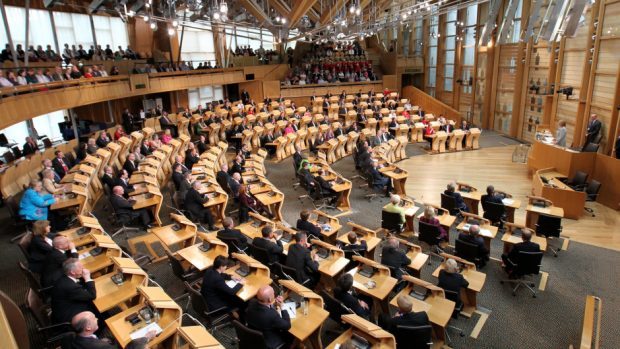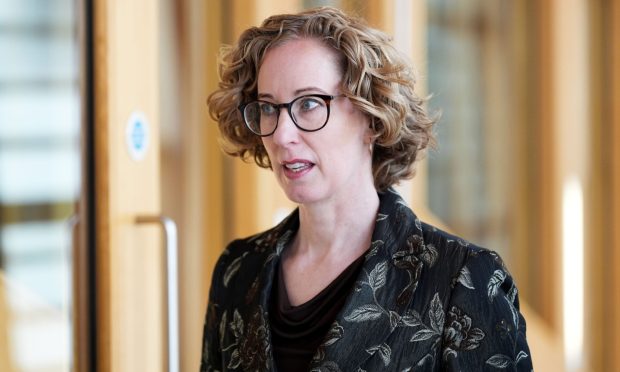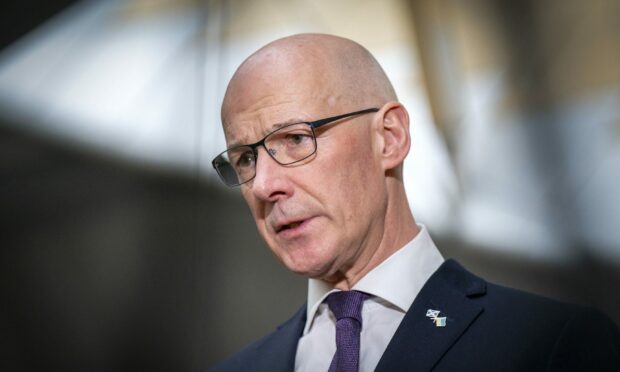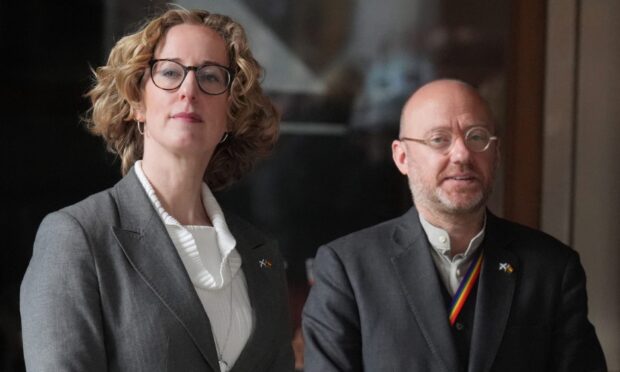The Scottish Government have been accused of “breath-taking authoritarianism” over controversial state guardian legislation.
Holyrood will today debate the Named Person scheme, which has been branded “unwanted, unworkable and undemocratic”.
But the Press and Journal understands the Tory bid to call for a pause in the implementation of the policy – due to be rolled out in August – is likely to fail.
Support from Scottish Labour would be crucial if Ruth Davidson’s Conservatives were to pass their motion, but a senior party source said such backing would not be forthcoming.
The Scottish Government insists the policy is “widely supported”, but the No to Named Person (NO2NP) campaign have welcome the debate at parliament today.
Speaking ahead of the debate, Simon Calvert, spokesman for NO2NP, said: “The Named Person issue is a major concern for the public so it’s quite right that MSPs should make time to debate it.
“If only more of them had taken time to properly scrutinise the legislation when it was passed by Holyrood in 2014, instead of rushing through without proper examination.
“The Named Person legislation is counter-productive and intrusive – counter-productive to child protection by swamping an already over-loaded system with trivia on ordinary families, and intrusive to ordinary families who have no need for it.
“This is a compulsory and universal scheme – no one can argue with that. It is not an entitlement.
“There is not a single word in the law requiring the consent of parents or children, or allowing them to opt out.
“From August, every single child in Scotland up to 18 – that’s more than a million kids – will get a Named Person whether they want one or not.
“With such a breath-taking level of authoritarianism it is hardly surprising that the scheme is widely regarded as unwanted, unworkable and undemocratic.”
Under current plans, every child in Scotland will be assigned a named person – most commonly a health worker or teacher – after August 31.
According to the Scottish Government, their role will be to “listen, advise and help a child or young person and their family”.
A Scottish Government spokeswoman said: “The named person policy is widely supported by leading children’s charities and welfare organisations, as well as by the Scottish Police Federation, who say it will ‘help keep children safer’.
“The legislation was passed with cross-party support and not a single vote against, by 103 votes to zero, in the Scottish Parliament – and it has also been upheld by the highest court in Scotland, including a ruling which said the policy had ‘no effect whatsoever on the legal, moral or social relationships within the family’.”
Education Secretary John Swinney said: “The policy is widely supported by leading child welfare organisations, including Children 1st, Barnardo’s, Aberlour, Save the Children, Children in Scotland and the NSPCC, and by Police Scotland and the Scottish Police Federation.
“The named person will be someone already known to a family – usually a health visitor or teacher – and will be a central point of contact if children, young people or their parents want information or advice.
“I recognise there are concerns and misunderstandings about the policy. We need to get the guidance for professionals and information for the public right and that is why we will refresh these materials. We will continue to work with and consult stakeholders and parent groups through this process.”










